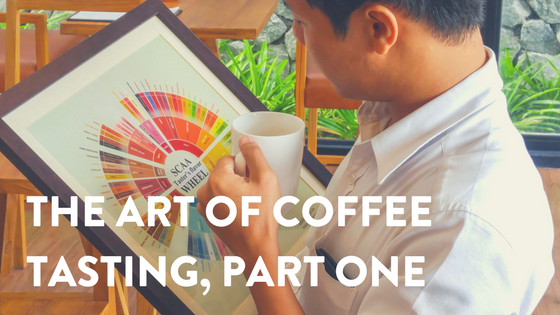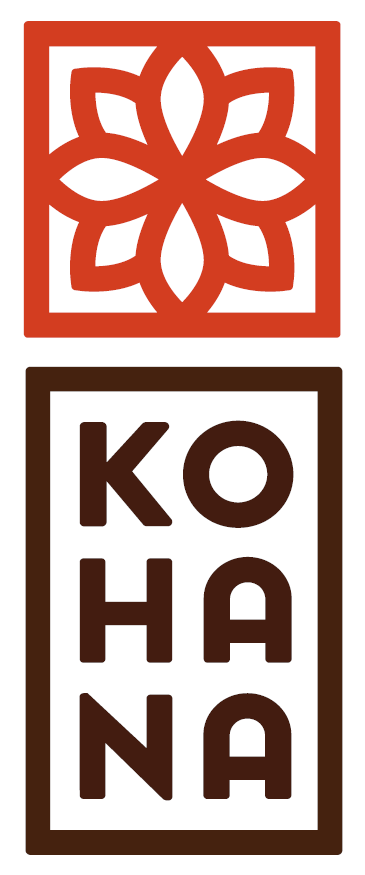
Thankfully, coffee isn’t what it used to be. Gone are the days of horrific gas station cups filled with overheated mud so lifeless we can be forgiven for thinking it came from a pot brewed during the last World War. In their place are magnificent custom roasts carefully curated and treated like the fine wines they resemble, complete with flavor notes that speak of things like berry and nutmeg, hazelnut and hay.
For many coffee drinkers, such language is a bit of a mystery. We drink our coffee, and we love it, but rarely do we pause to tease it apart and unearth the deep well of sensory elements that combine to create the experience. And so the differences between, say, Tanzanian Peaberry and Kona Fancy remain lost to us.
Yet with just a little knowledge and a few minutes to match, we can dive into these delicious depths ourselves. When we do, whole new worlds of coffee drinking open to us, and we become connoisseurs ourselves.
The world of coffee cupping, as tasting sessions are called, is a fascinating one to explore. The Specialty Coffee Association, for example, has an entire series of tasting standards that cover everything from brewing to roasting to the size of the cupping room itself and has developed a unique flavor wheel that organizes the more than 100 separate flavor components that experts have identified in coffee. There’s even a sensory lexicon from World Coffee Research, a complete taste-aroma-texture dictionary you can download free.
Fun to read, yes, but your own tastings needn’t be this complicated. Just a follow a few simple rules:
- Use lighter roasts. Roasting is really a gentle burning process, but too much heat can damage the delicate compounds that contain a coffee’s flavor and dull the flavor profile of the brew those beans produce. Light roasting won’t push coffee beans to their breaking point.
- Brew your batches precisely. You can choose your own specifics, but apply them consistently. Use the same grind for each coffee, the same ratio of water to grounds, and the same brewing time and/or method.
- Choose that brewing method carefully. Not all are created equal! We like a French press with a coarse grind for its ability to extract more of the flavorful oils from our beans and its lack of a paper filter, which can affect taste.
- Use filtered water. Minerals, chlorine, fluoride, and other things often present in our water supply can alter the taste of the coffee we brew and not for the better. Filtration will keep these interlopers out of your cup for cleaner, clearer coffee flavor.
- Taste from glass or ceramic. No foam, metal, or paper, please! As is the case with the water we use, these latter materials can affect the flavor of your brew. Keep it pure!
That’s really all it takes to start tasting like a pro. Next time out, we’ll look at how to do it when you do. Stay tuned…
